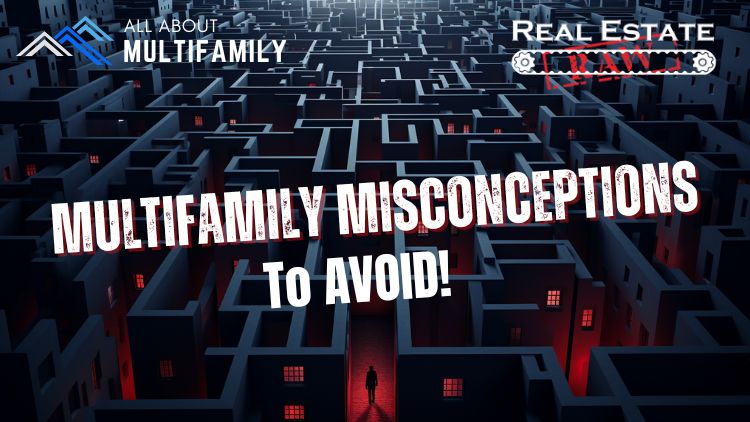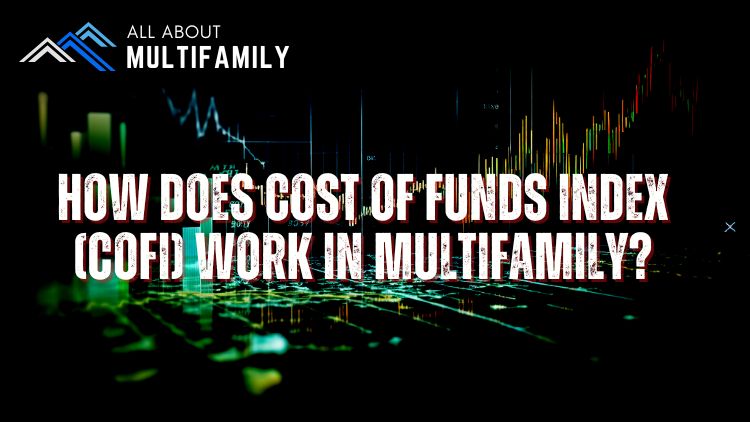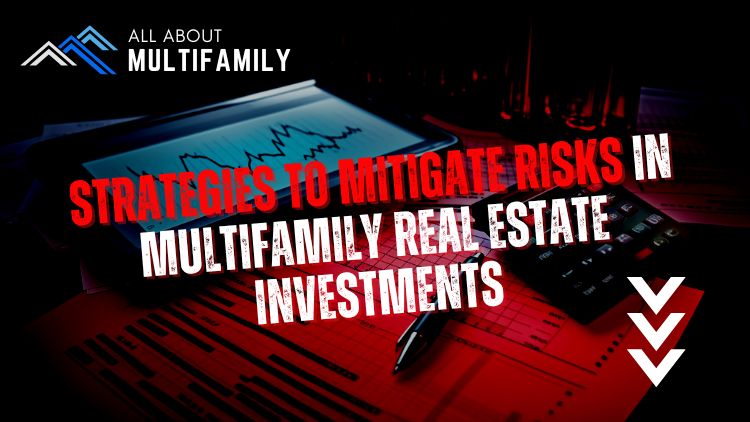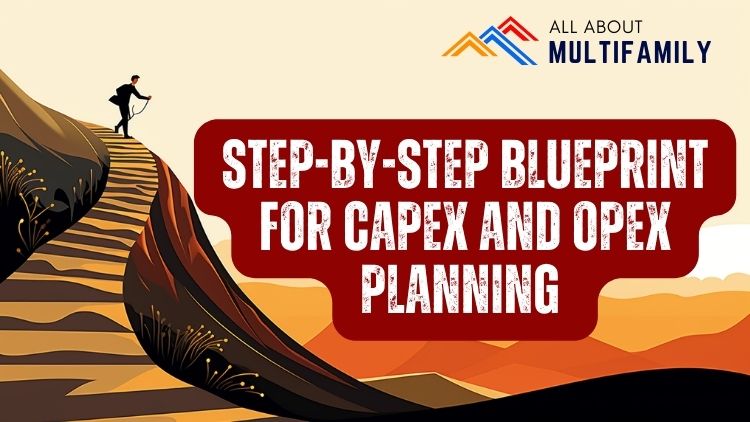The housing market continues to experience robust activity in land sales, although the pace has tapered off compared to the peak levels witnessed during the pandemic. While the demand for land remains strong, the market has undergone a slight deceleration in recent times.
Amidst the ongoing recovery from the COVID-19 pandemic, the housing sector had witnessed a surge in land sales. However, as the situation gradually stabilizes, the rate of growth has eased, suggesting a return to more sustainable levels.
The decline in the speed of land sales is not indicative of a weakening market; rather, it reflects a transition towards a more balanced and steady growth trajectory. Despite the moderation, the demand for land in the housing market remains high, indicating continued confidence and optimism among buyers and developers.
The current trend aligns with broader economic indicators that point towards a recovery in the real estate sector. Although the pace has slowed down, the land sales volume remains healthy, fostering an environment of stability and gradual growth.
Experts attribute the adjustment in land sales to a combination of factors, including the post-pandemic normalization, changing buyer preferences, and the availability of suitable land for development. These factors collectively contribute to the shift in the market dynamics, ensuring a more sustainable and resilient housing sector.
While the exceptional surge in land sales witnessed during the peak of the pandemic may not be sustainable in the long run, the current levels indicate a positive outlook for the housing market. The slower yet consistent pace of land sales signifies a healthy market environment with opportunities for growth and stability.
In conclusion, land sales in the housing market have remained high, although the rate of growth has slowed compared to the peak experienced during the pandemic. This adjustment reflects a shift towards a more balanced and sustainable trajectory, indicating a positive outlook for the housing sector.














































![An In-Depth Look at Jake and Gino's Coaching Program [A Review]](https://allaboutmultifamilyinvesting.com/wp-content/uploads/2023/10/AAM-BMP-Blog-Covers-750-×-422px-6.jpg)


![Email Marketing Tips for Multifamily Real Estate Syndicators to Raise Capital [Templates included]](https://allaboutmultifamilyinvesting.com/wp-content/uploads/2023/09/AAM-BMP-Blog-Covers-750-×-422px-4.jpg)






![The Richest Kids In America [Book Review]](https://allaboutmultifamilyinvesting.com/wp-content/uploads/2023/09/AAM-BMP-Blog-Covers-750-×-422px-84.jpg)
















